Table of Contents
Come join us now, and enjoy playing your beloved music and browse through great scores of every level and styles!
Can’t find the songbook you’re looking for? Please, email us at: sheetmusiclibrarypdf@gmail.com We’d like to help you!
Deep Purple – Signature Licks (Guitar Tab Songbook + MP3 audio tracks Play Along
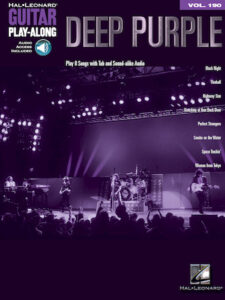
Best Sheet Music download from our Library.
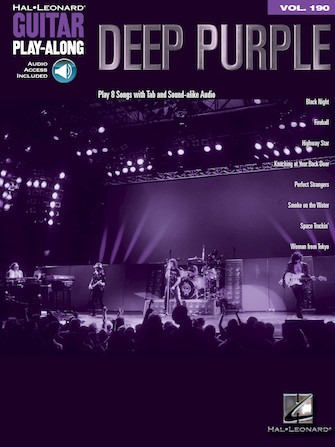
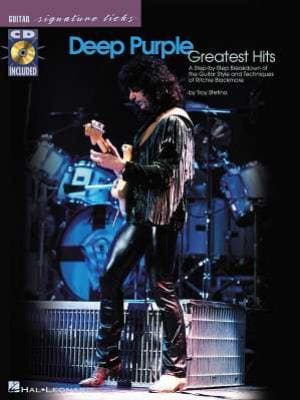
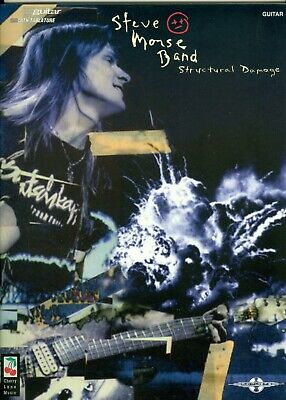
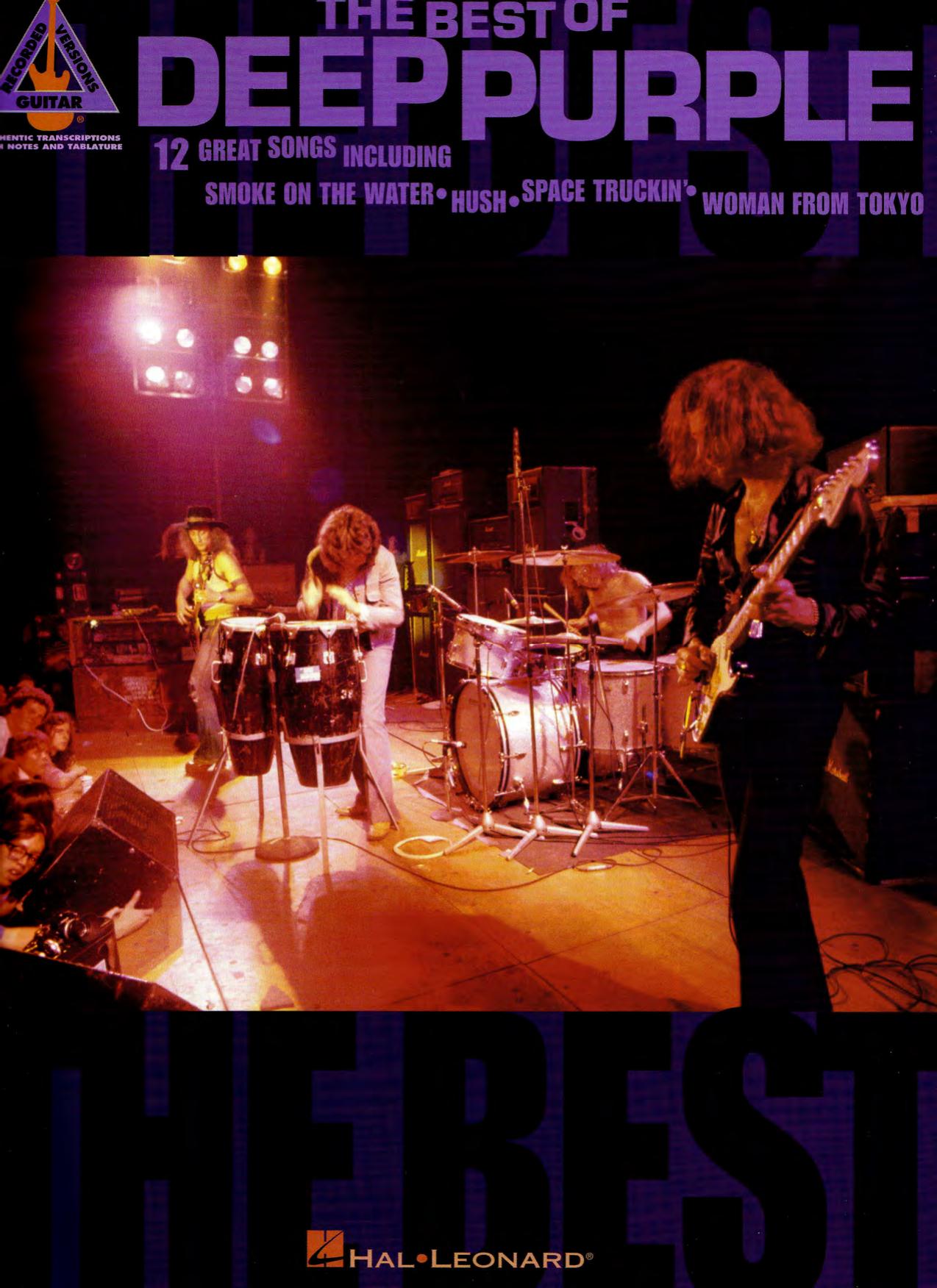
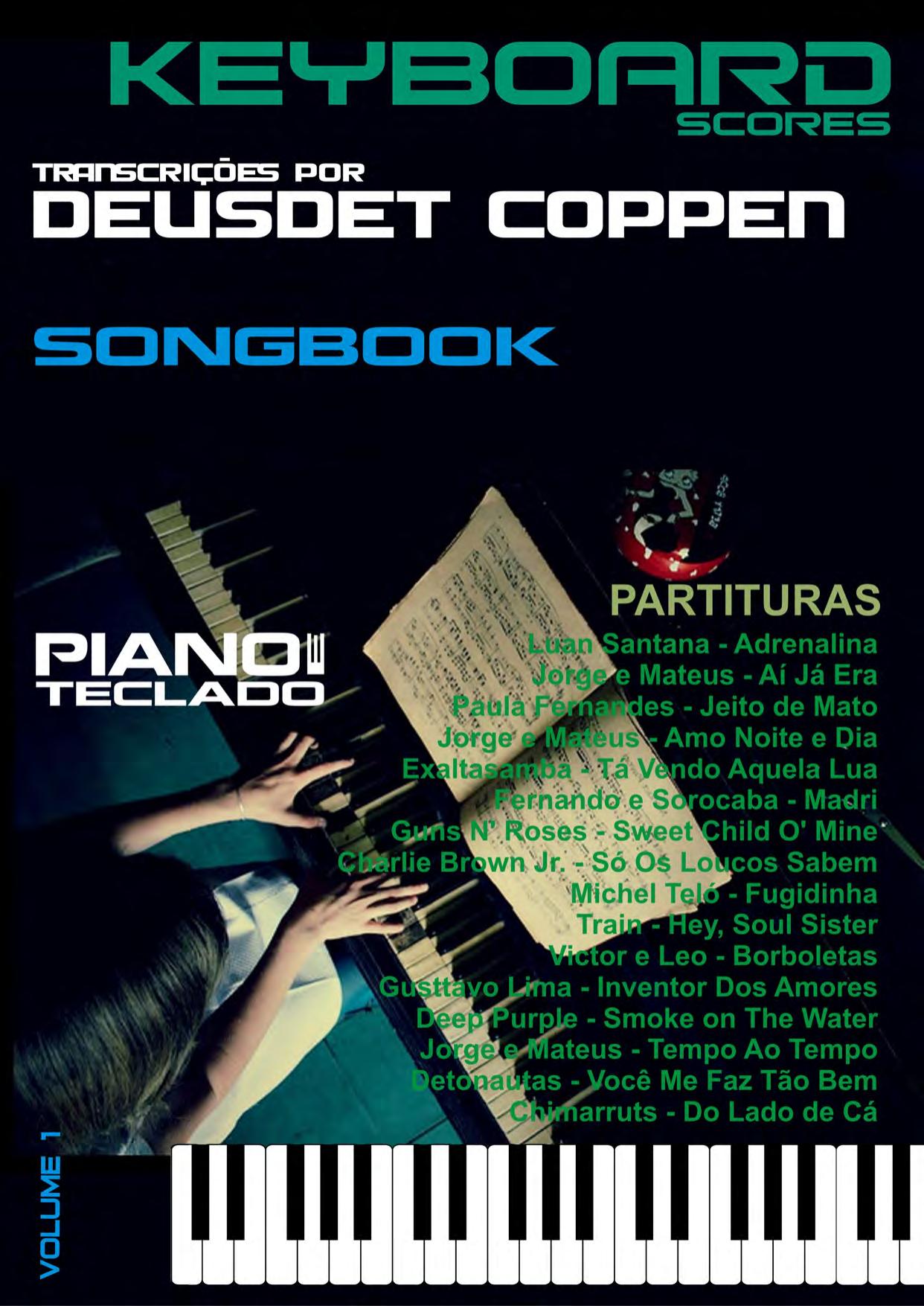

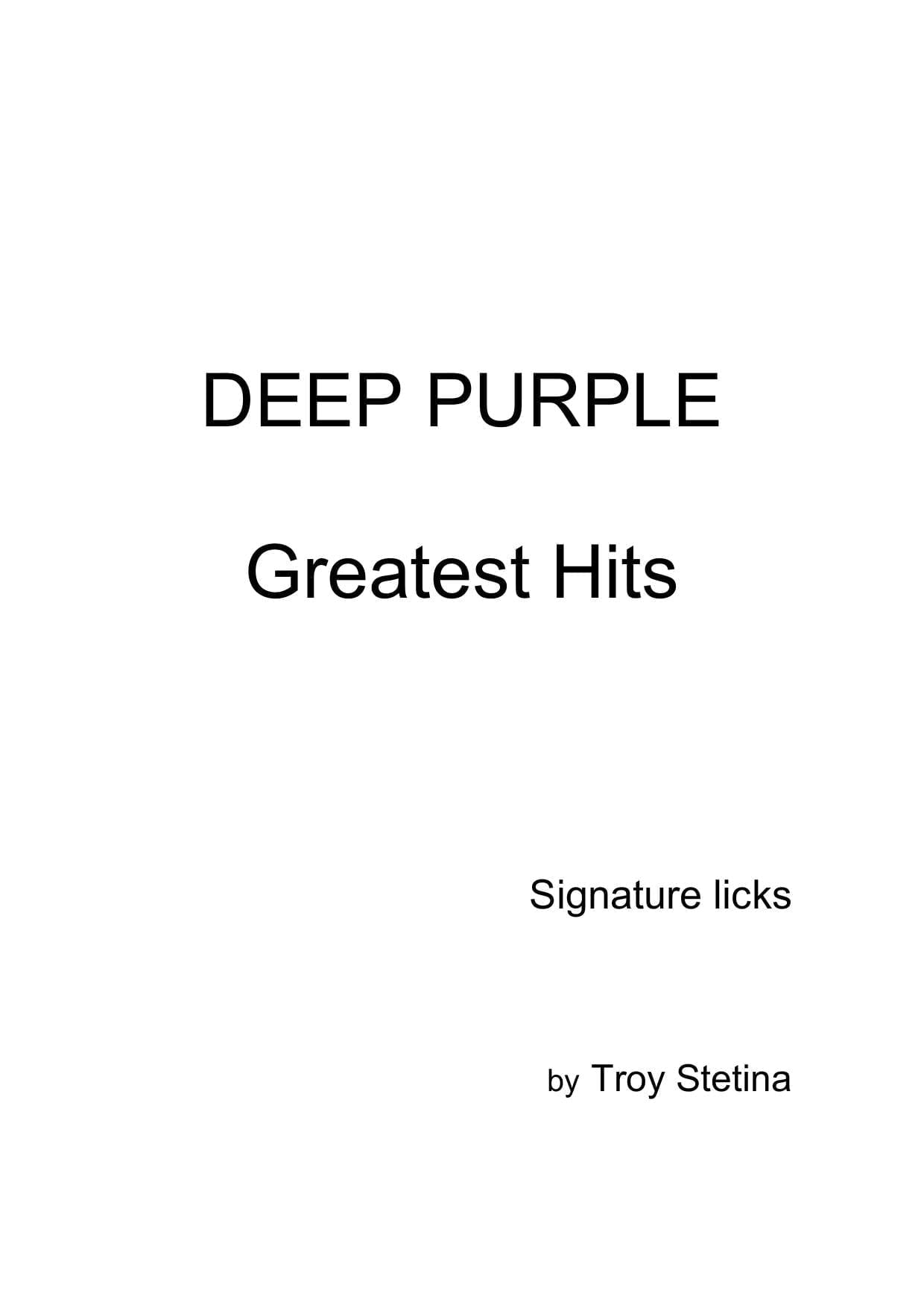

Browse in the Library:
Or browse in the categories menus & download the Library Catalog PDF:
Please, subscribe to our Library.
If you are already a subscriber, please, check our NEW SCORES’ page every month for new sheet music. THANK YOU!
Deep Purple: Architects of Thunder – The Definitive Saga of Rock’s Resilient Titans
Few bands embody the raw power, technical virtuosity, and enduring legacy of hard rock quite like Deep Purple. Their story is a sprawling epic of sonic innovation, internal combustion, triumphant reunions, and an unwavering influence that has reverberated through generations of musicians. From their psychedelic roots to becoming one of the undisputed architects of heavy metal, Deep Purple’s journey is the very definition of rock ‘n’ roll resilience.
Genesis: The Mark I Crucible (1967-1969)
Formed in Hertford, England, in 1967, Deep Purple emerged from the ashes of the instrumental band Roundabout. The initial lineup, christened Mark I, was a fascinating blend of talent:
- Rod Evans (Vocals): A smooth, soulful voice.
- Ritchie Blackmore (Guitar): A classically influenced virtuoso with a fiery stage presence.
- Jon Lord (Keyboards): A classically trained pianist with a penchant for Hammond organ theatrics and orchestral ambition.
- Nick Simper (Bass): Providing the foundational groove.
- Ian Paice (Drums): A powerhouse drummer with unparalleled swing and precision (the only constant member throughout their history).
Their early sound was steeped in the psychedelic and progressive trends of the late 60s. Debut albums Shades of Deep Purple (1968) and The Book of Taliesyn (1968) featured covers alongside original material, yielding hits like their explosive take on Joe South’s “Hush” and Neil Diamond’s “Kentucky Woman.” While successful, particularly in the US, there was a sense the band hadn’t yet found its true sonic identity. Lord’s classical ambitions peaked with the ambitious Concerto for Group and Orchestra (1969), performed with the Royal Philharmonic Orchestra at the Royal Albert Hall – a bold, if divisive, statement.
The Hard Rock Alchemy of Mark II (1969-1973): Forging the Template
The pivotal moment arrived in mid-1969. Evans and Simper departed. In came:
- Ian Gillan (Vocals): A former session singer with a soaring, powerful, and incredibly versatile rock voice capable of both bluesy grit and operatic heights.
- Roger Glover (Bass): A melodic bassist and skilled songwriter/arranger, forming a formidable rhythm section with Paice.
Mark II wasn’t just a lineup change; it was a complete metamorphosis. The band shed much of its psychedelic skin and forged a new, heavier sound. This was characterized by:
- The Lord/Blackmore Duel: The interplay between Jon Lord’s grinding, distorted Hammond organ and Ritchie Blackmore’s searing, classically-tinged guitar became the band’s signature. It wasn’t just accompaniment; it was a thrilling, competitive dialogue.
- Gillan’s Vocal Powerhouse: Gillan brought a new level of intensity and range, capable of conveying raw emotion, storytelling, and sheer power.
- Paice/Glover Engine Room: Paice’s dynamic drumming (jazzy flourishes meeting rock power) and Glover’s melodic, driving bass locked into an incredibly tight and powerful groove.
- Improvisation: Extended live jams, particularly on tracks like “Mandrake Root” and later “Space Truckin’,” showcased their incredible musicianship and improvisational skills.
This chemistry ignited on Deep Purple in Rock (1970). Tracks like “Speed King,” “Child in Time” (featuring Gillan’s spine-tingling screams), and “Black Night” were a clarion call. This was heavy, complex, yet accessible rock music – arguably laying the foundational stones for heavy metal alongside Black Sabbath and Led Zeppelin.
They followed with the equally potent Fireball (1971), pushing their sound further. But it was Machine Head (1972) that cemented their legend. Recorded in Montreux, Switzerland, under chaotic circumstances (a fire during a Frank Zappa concert burned down the casino they were meant to record in, inspiring the lyrics to…), the album is a masterpiece of hard rock concision and power:
- “Highway Star”: A breakneck anthem showcasing virtuosic solos and Gillan’s rapid-fire delivery.
- “Smoke on the Water”: Built on Blackmore’s iconic, simple-yet-monolithic riff, it became arguably the most recognizable rock riff of all time, a global #1 hit, and an eternal guitar lesson staple.
- “Space Truckin’”: A driving, cosmic jam.
- “Lazy”: A sprawling blues-rock epic centered around Lord’s monumental organ solo.
- “Pictures of Home”: Featuring a stunning Glover bassline.
The live document Made in Japan (1972) captured Mark II at their incendiary peak. It’s widely regarded as one of the greatest live rock albums ever, showcasing their improvisational brilliance and sheer sonic force.
However, the intense creative energy was matched by intense friction, primarily between Gillan/Glover and Blackmore. Exhausted and frustrated, Gillan quit in 1973, followed shortly by Glover.
Navigating Storms: Marks III & IV (1974-1976)
Enter Mark III:
- David Coverdale (Vocals): A bluesier, more soulful singer from northern England.
- Glenn Hughes (Bass/Vocals): A virtuoso bassist with an incredible soul/funk-influenced high tenor voice, bringing a new dimension.
This lineup produced Burn (1974) and Stormbringer (1974). Burn was a triumph, blending Purple’s heaviness with soulful grooves (“Might Just Take Your Life,” the titanic title track). Stormbringer leaned further into funk and soul (“Hold On,” “Lady Double Dealer”), a direction that frustrated the more classically-minded Blackmore. His departure in 1975 marked the end of an era.
Mark IV emerged with American guitarist Tommy Bolin, a gifted player with a jazz-rock fusion background. Come Taste the Band (1975) was a bold, experimental album, embracing funk and jazz fusion (“Gettin’ Tighter,” “You Keep On Moving”). While containing strong material, it lacked the cohesive identity of previous lineups. Tragically, Bolin’s life was cut short by a drug overdose in late 1976, shortly after the band had already decided to split due to internal issues and declining fortunes.
The Phoenix Rises: The Reunion and Beyond (1984-Present)
After a seven-year hiatus filled with solo projects, the classic Mark II lineup (Gillan, Blackmore, Lord, Glover, Paice) stunned the world by reuniting in 1984. The album Perfect Strangers was a massive commercial success, proving their sound was timeless. Tracks like the title song and “Knocking at Your Back Door” were hard rock anthems for a new generation. The House of Blue Light (1987) followed, but familiar tensions resurfaced.
Gillan was fired again in 1989, replaced briefly by former Rainbow singer Joe Lynn Turner for Slaves and Masters (1990), an album with a more commercial AOR feel. The reunion with Gillan (and Glover, who had also left briefly) happened again for The Battle Rages On… (1993), but the fundamental rift with Blackmore proved unbridgeable. He left Deep Purple for good mid-tour in 1993.
The Steve Morse Era: Stability and Renewal (1994-Present)
Undeterred, Purple recruited the phenomenal American guitarist Steve Morse (Dixie Dregs, Kansas). Renowned for his technical mastery and eclectic style, Morse brought stability, creativity, and a new energy. While undeniably different from Blackmore, his respect for the legacy and his own unique voice revitalized the band.
This lineup (Gillan, Morse, Lord, Glover, Paice) became the longest-lasting and most stable in Purple’s history. Albums like Purpendicular (1996), Bananas (2003), Rapture of the Deep (2005), and Now What?! (2013) showcased a band comfortable in its skin, blending classic Purple elements with mature songwriting and Morse’s inventive playing. Jon Lord, the irreplaceable sonic architect, retired in 2002 and sadly passed away in 2012. Former Rainbow/Phenomena keyboardist Don Airey stepped in seamlessly, honoring Lord’s legacy while adding his own flair.
Enduring Legacy and Influence
Deep Purple’s impact on rock music is immeasurable:
- Pioneers of Hard Rock/Heavy Metal: Alongside Sabbath and Zeppelin, they defined the template: heavy riffs, powerful vocals, prominent keyboards (unique to Purple), extended solos, and a thunderous rhythm section.
- The Riff Masters: “Smoke on the Water” is the ultimate example, but their catalog is packed with iconic, influential riffs (“Highway Star,” “Black Night,” “Burn,” “Woman from Tokyo”).
- Virtuosity as Standard: They raised the bar for instrumental prowess. Blackmore and Lord’s interplay, Paice’s drumming, Gillan’s vocals – all set new benchmarks. They inspired countless musicians to pick up instruments and push their limits.
- Live Powerhouse: Made in Japan remains the gold standard for live hard rock albums, capturing the raw energy and improvisational genius of the band.
- Resilience & Longevity: Surviving multiple acrimonious splits, the tragic death of a member, and constant lineup changes, they have persevered for over 55 years, continuously touring and recording with remarkable vitality well into the 21st century (inducted into the Rock & Roll Hall of Fame in 2016).
- Genre Fusion: Even in their heaviest moments, they incorporated elements of blues, classical, funk, and soul, demonstrating rock’s expansive potential.
Deep Purple: Still Smokin’
Deep Purple is more than just “Smoke on the Water,” though that riff alone secured their immortality. They are a band of profound contrasts: classically trained musicians playing ferocious rock; a group prone to implosion yet capable of phoenix-like rebirths; pioneers who became elder statesmen without losing their edge. Through the Marks, the rifts, the tragedies, and the triumphs, the core essence – that powerful blend of Gillan’s voice, the thunderous Paice/Glover groove, the soaring keyboards (first Lord, now Airey), and the searing guitar (first Blackmore, now Morse) – has endured. They are the architects of thunder, a foundational pillar of rock music, and a testament to the enduring power of amplified sound played with passion, skill, and an unquenchable fire. The Deep Purple story is still being written, and the music, quite literally, still rocks.
Deep Purple Greatest Hits Full Album – Best Songs
Track List:
00:00:00 01. Child in time. 00:10:11 02. Smoke on the water. 00:16:19 03. Highway Star. 00:22:23 04. Burn. 00:28:21 05. Perfect Stranger. 00:33:37 06. Soldier of Fortune. 00:36:50 07. Black Night. 00:40:19 08. Lazy. 00:47:38 09. Hush 00:52:10 10. Knockin’ At Your ….. 00:59:10 11. Fireball. 01:02:38 12. When a Blind Man Cries 01:06:18 13. Sometimes I Fell…… 01:13:50 14. Mistreated. 01:23:51 15. Space Truckin’. 01:28:44 16. Stormbringer. 01:32:52 17. Kentucky Woman. 01:37:36 18. Strange Kind of Woman. 01:41:26 19. Pictures of Home. 01:46:30 20. Speed King.
Deep Purple’s guitar legacy is dominated by the fiery, classically-influenced playing of Ritchie Blackmore (1968-1975, 1984-1993), with the versatile virtuosity of Steve Morse (1994-present) adding a significant modern chapter. Here are their most iconic signature licks and riffs, dissected for their musical and historical significance:
Ritchie Blackmore’s Definitive Licks & Riffs (Mark II Golden Era Focus)
- “Smoke on the Water” (Machine Head – 1972):
- The Riff:
G-|---------------------------------| D-|---------------------------------| A-|-----------------5-7------------| E-|--0-3-5-----0-3-6-----0-3-5-3-0--|(Simplified) - Why it’s Signature: The most famous rock riff of all time. Its genius lies in its simplicity, power, and perfect construction. Played with heavy downstrokes and palm muting on the low E string, it creates a massive, ominous groove. The iconic interval jump (perfect 4th from G to C, then minor 3rd down to Bb) is instantly recognizable. It’s a masterclass in creating maximum impact with minimal notes.
- The Riff:
- “Highway Star” (Machine Head – 1972):
- The Main Riff: A driving, relentless sequence of power chords (primarily E5, D5, C5, G5, D5) played with machine-gun precision and aggression.
- The Solo Intro Lick: The blistering solo starts with a rapid-fire descending diminished arpeggio lick (
E-|-----------------17b19r17-17-| B-|--17-18-17------------------|etc.), immediately showcasing Blackmore’s classical/flamenco influence and blinding speed. - The Solo Proper: Features lightning-fast alternate picking runs (often in E minor/G major pentatonic and harmonic minor), wide string bends, and sweeping arpeggios. It’s a benchmark for hard rock guitar solos, demanding both speed and clarity.
- “Black Night” (Single – 1970):
- The Main Riff:
E-|--------------------------| B-|--------------------------| G-|--------------------------| D-|--------------------------| A-|--5-5-5-5-5-5-5-5--------| E-|--------------3-3-3-3-3-3-|(Simplified) - Why it’s Signature: A driving, blues-based boogie riff centered around the A5 and E5 power chords. Its relentless, syncopated rhythm (especially the chugging on the low E) and infectious energy made it a huge hit and a staple riff. Pure, unadulterated hard rock groove.
- The Main Riff:
- “Speed King” (Deep Purple In Rock – 1970):
- The Intro/Chorus Riff: A frantic, distorted blues shuffle riff built around E7#9 (the “Hendrix chord”). Features aggressive double-stops, sliding power chords, and a chaotic energy perfectly matching the title.
- The Solos: Explosive bursts of blues-rock shredding, featuring wild string bends, fast pentatonic runs, and feedback manipulation. Showcases Blackmore’s raw power and improvisational fury in the early Mark II sound.
- “Woman From Tokyo” (Who Do We Think We Are – 1973):
- The Verse Riff: A deceptively complex, syncopated riff combining clean, funky chord stabs (using 7th and 9th chords) with a driving bass line underneath. Highlights Blackmore’s rhythmic sophistication beyond pure power chords.
- The Chorus Hook: A soaring, melodic double-stop phrase (
D-|--9--9--7--7--| A-|--7--7--5--5--|) that provides a huge, anthemic contrast to the verse. Instantly memorable.
- “Burn” (Burn – 1974):
- The Main Riff:
E-|--------------------------------| B-|--------------------------------| G-|--------------------------------| D-|--------------------------------| A-|--0-0-0-0-0-0-0-0--3-3-3-3-3-3-| E-|------------------1-1-1-1-1-1-|(Simplified core) - Why it’s Signature: A monstrous, slow-burning riff built on crushing power chords (F#5, G#5). Its power comes from its deliberate pace, heavy distortion, and the tension created by the chromatic descent in the bass (G# to F#). One of the heaviest riffs of the 70s. The solo features fiery blues-rock licks and signature Blackmore bends.
- The Main Riff:
- “Child in Time” (Deep Purple In Rock – 1970):
- The Guitar Texture: While not defined by a single riff, Blackmore’s playing is crucial. He provides atmospheric, clean arpeggios during Gillan’s soft vocals, building tension before exploding into screaming, heavily distorted power chords and intense wah-wah solos during the instrumental sections. Demonstrates his dynamic range and ability to serve the song’s epic structure.
Blackmore’s Signature Techniques Embedded in the Licks:
- Classical/Flamenco Influence: Rapid scales, arpeggios, and diminished runs (Highway Star solo intro).
- Aggressive Downpicking/Palm Muting: Foundational to the heaviness of riffs like “Smoke,” “Highway Star,” “Burn.”
- Wide, Expressive String Bends: Often reaching 1.5 or 2 whole tones, full of vibrato.
- Harmonic Minor & Diminished Scales: Added exotic, neoclassical flavors beyond standard pentatonics/blues.
- Tone: Mid-heavy, sometimes nasal Marshall crunch, often with a distinctive treble boost. Used the Stratocaster’s bridge pickup aggressively.
Steve Morse’s Signature Contributions (Modern Era)
While respecting the legacy, Morse brought his own unique voice:
- “Sometimes I Feel Like Screaming” (Purpendicular – 1996):
- The Main Riff/Intro: A haunting, harmonized guitar line showcasing Morse’s melodic sensibility and clean tone. Features intricate fingerpicking and smooth legato phrases.
- The Solos: Masterclasses in eclectic fusion. Combines fluid legato runs, complex hybrid-picked sequences, country-tinged bends, unexpected harmonic choices, and soaring melodic themes. Demonstrates his vast vocabulary beyond hard rock clichés.
- “The Well-Dressed Guitar” (Purpendicular – 1996):
- The Instrumental: A showcase for Morse’s virtuosity and genre-blending. Features lightning-fast alternate picking, complex syncopated rhythms, country chicken-pickin’, jazzy chord voicings, and hard rock power – often within the same solo section. Highlights his technical command and unique phrasing.
- “Rapture of the Deep” (Rapture of the Deep – 2005):
- The Main Riff: A heavy, slightly Eastern-tinged riff with a complex rhythmic feel, demonstrating Morse’s ability to craft modern, weighty riffs that still feel like Purple.
- Solos: Characteristic fluid legato lines, wide intervallic leaps, and sophisticated note choices that add depth and modernity.
Morse’s Signature Techniques:
- Hybrid Picking: Using pick and fingers simultaneously for speed and complex articulation.
- Fluid Legato: Hammer-ons, pull-offs, and slides creating smooth, fast lines.
- Eclectic Phrasing: Blending rock, country, jazz, and classical influences seamlessly.
- Chordal Sophistication: Using extended chords and unique voicings within a rock context.
- Tone: Generally cleaner and more articulate than peak Blackmore, often with a slight chorus or delay, emphasizing note clarity even at high gain. Uses his signature Music Man guitars.
In Summary:
- Blackmore’s Legacy: Defined by monolithic, instantly recognizable riffs (“Smoke,” “Highway Star,” “Black Night,” “Burn”) built on power chords, aggressive rhythm playing, and solos featuring classically-inspired speed, wide bends, and fiery blues-rock passion. He created the blueprint for hard rock/metal guitar.
- Morse’s Contribution: Characterized by melodic sophistication, technical eclecticism, fluid legato, and complex harmonic ideas. He brought a modern, virtuosic, and diverse approach while respecting the band’s powerful core sound.
Both guitarists, in their distinct eras, created licks and riffs that are fundamental vocabulary for rock guitarists worldwide. Blackmore’s riffs are etched into rock history, while Morse’s playing ensures Deep Purple’s guitar voice remains vital and evolving.
